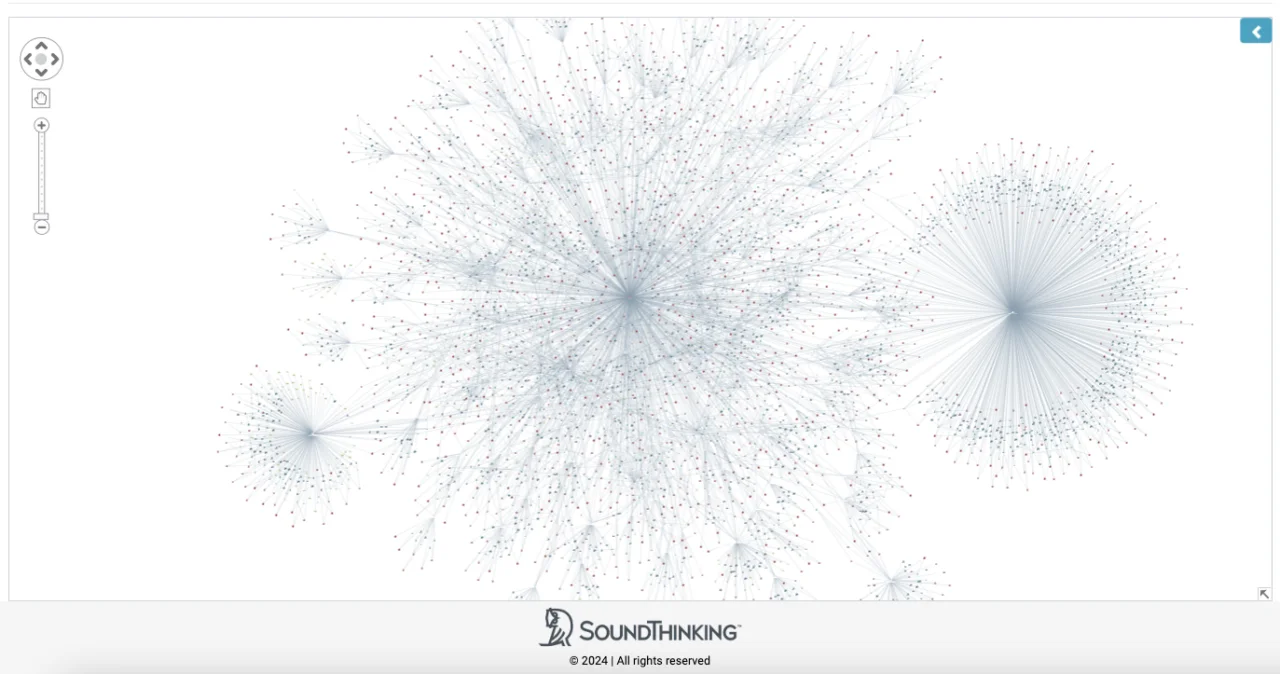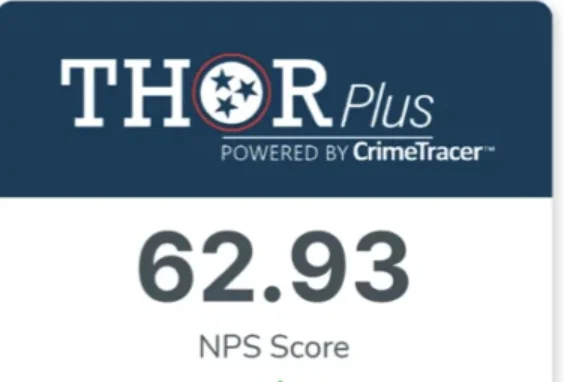Organized retail crime (ORC) is escalating, posing significant challenges for retailers and communities. In 2022, ORC accounted for $112 billion in losses nationwide, according to the National Retail Federation (NRF). Retailers face increasing risks to their bottom line but are more worried about the safety of employees and customers. According to the NRF’s 2023 Security Survey, 81% of retailers answered that the violence seen with ORC has increased.
National organizations like the NRF have worked with Congress to pass the INFORM Consumers Act, signed into law in January 2023. The Act focuses on transparency in online marketplaces, requiring identity verification to make it more difficult for high-volume third-party sellers to sell stolen or counterfeit goods. States like California, where many retailers have been the target of ORC, have awarded funding to help local law enforcement combat organized retail crime locally and statewide.
The Challenges of Combating Organized Retail Crime
Addressing organized retail crime is not a simple task. Criminal networks are often diversified and spread throughout jurisdictions, much like legitimate businesses, and criminals involved in ORC continuously evolve their methods to exploit retail vulnerabilities. Tackling these well-organized networks requires advanced tools to analyze patterns, uncover connections, and help law enforcement build airtight cases.
Organized retail crime rings often involve multiple actors, vehicles, fake identities, and a coordinated strategy to resell stolen goods. The National Retail Federation’s 2023 National Retail Security Survey highlights significant obstacles:
- Increased Violence: Retailers report higher instances of aggression during theft attempts.
- Sophisticated Networks: Rings often involve various criminal activities such as counterfeiting, drug trafficking, and cybercrime.
- Resource Limitations: Law enforcement and loss prevention teams struggle to connect data across jurisdictions or identify real-time trends.
These challenges demand tools and technology that help law enforcement provide actionable insights without requiring additional staff time or duplicating the efforts of multiple investigators involved in the case.
CrimeTracer: Revolutionizing ORC Investigations
CrimeTracer™ is a groundbreaking tool designed to unify disparate data sources and reveal hidden connections between crimes, suspects, and networks. Using advanced algorithms and data-sharing capabilities, CrimeTracer empowers law enforcement by bringing together disparate information from thousands of agencies across the US while assimilating public records and Federal data sources to help dismantle complex organized retail crime operations.
- Data Integration: CrimeTracer consolidates and indexes billions of reports, citations, arrest records, and field interviews from many agencies into a framework of searchable information. That informational index also includes public records and federal databases. This unified platform provides a comprehensive view of criminal activities, entities, and non-obvious relationships within the data.
- Link Analysis: The CrimeTracer solution uses analytics to expose relationships between suspects, vehicles, locations, and other actors involved in organized retail crime rings. Making connections between the criminals involved in the ring can also expose other individuals that may be connected, providing additional investigative leads.

Link Analysis in CrimeTracer
- Scalability: Whether used by a patrol officer during a traffic stop or an investigator analyzing a network of crimes, CrimeTracer scales to fit various law enforcement needs.
For example, CrimeTracer can link a suspect apprehended during a shoplifting incident to a larger ORC operation by analyzing connections between people, vehicles, phones, and other records of previous contacts. This capability allows law enforcement to shift from addressing isolated incidents to connecting the dots within a larger criminal network.
Making Powerful Connections and Links
The CrimeTracer platform is a powerful tool for combating organized retail crime by uncovering the intricate networks that support these operations. ORC organizations rely on connections between individuals, locations, vehicles, phones, and quasi-legitimate businesses, making their activities inherently interconnected.
CrimeTracer indexes and analyzes billions of data points, including police reports, CAD calls, citations, and arrest records, as well as more obscure instances of things like pawn tickets, license plate reads, and business affiliations, to identify these hidden relationships. By linking seemingly unrelated pieces of information—such as a traffic stop, a registered vehicle, a 911 call, and a shoplifting incident—CrimeTracer enables investigators to expose and dismantle the larger networks behind organized retail crime.
Technology Can Be a Force Multiplier
Technology is a critical ally in the fight against organized retail crime, which has become increasingly sophisticated due to criminals’ adept use of digital tools. ORC networks often leverage technology to coordinate thefts, obscure their activities, and resell stolen goods on online marketplaces. The tactics used by ORC groups enable them to operate efficiently and at scale, making traditional policing methods insufficient to keep up with the evolving threat. As criminals embrace technology, law enforcement must also use technology tools to track, analyze, and dismantle these operations effectively.
Law enforcement agencies also face the challenge of addressing ORC amid widespread staffing shortages, exacerbating the strain on resources and response times. This is where technology becomes indispensable, acting as a force multiplier to enhance the capabilities of limited personnel. Tools like CrimeTracer streamline investigations by consolidating disparate data sources and identifying patterns that would otherwise go unnoticed. Solutions integrating with CrimeTracer, such as CaseBuilder, help manage cases and the associated investigative workflow effectively. And mobile license plate recognition solutions like PlateRanger allow officers to find vehicle leads quickly and efficiently, reducing the workload while increasing productivity. By leveraging technology, law enforcement can offset staffing challenges, proactively combat ORC, and make a significant impact despite resource constraints.
A Call to Action for Law Enforcement and Retailers
To combat organized retail crime effectively, law enforcement agencies and retailers need to work together and embrace technology as part of the solution. With tools like CrimeTracer, they can address this complex issue proactively and collaboratively by identifying and disrupting organized retail crime networks.
Investment in systems that help tackle ORC not only helps reduce retail losses but also disrupts the criminal organization, enhances public safety, and builds community trust. As governments and private sector organizations continue to fund anti-ORC initiatives, leveraging these innovative tools will ensure resources are used effectively. By embracing technology that helps, law enforcement can drive the overall solution to reduce ORC while continuing to protect their communities.
Contact us to Learn How Our Solutions Can Help Disrupt Organized Retail Crime





